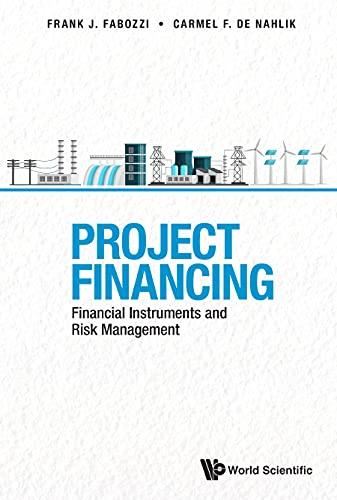Ratios are mostly calculated using data drawn from the financial statements of a firm. However, another group of ratios, called market value ratios, relate to a firm's observable market value, stock prices, and book values, Integrating information from both the market and the firm's financial statements Consider the case of Cold Goose Metal Works Inc.: Cold Goose Metal Works Inc. Just reported earnings after tax (also called net income) of $8,000,000 and a current stock price of $14.75 per share. The company is forecasting an increase of 25% for its after-tax Income next year, bt it also expects it will have to Issue 1,500,000 new shares of stock (raising its shares outstanding from 5,500,000 to 7,000,000). 11 Cold Goose's forecast turns out to be correct and its price/earnings (P/E) ratio does not change, what does the company's management expect its stock price to be one year from now? (Round any P/E ratio calculation to four decimal places.) $14.55 per share $14.75 per share $10.91 per share $18.19 per share One year later, Cold Goose's shares are trading at $47.12 per share, and the company reports the value of its total common equity as $20,370,000. Given this information, Cold Goose's market-to-book (M/B) ratio is Can a company's shares exhibit a negative P/E ratio? No MacBook Pro Cold Goose Metal Works Inc. just reported earnings after tax (also called net income) of $8,000,000 and a current stock price of $14.75 per share. The company is forecasting an increase of 25% for its after-tax income next year, but it also expects it will have to issue 1,500,000 new shares of stock (raising its shares outstanding from 5,500,000 to 7,000,000). 3 If Cold Goose's forecast turns out to be correct and its price/earnings (P/E) ratio does not change, what does the company's management expect its stock price to be one year from now? (Round any P/E ratio calculation to four decimal places.) $14.55 per share $14.75 per share $10.91 per share O $18.19 per share One year later, Cold Goose's shares are trading at $47.12 per share, and the company reports the value of its total common equity as $20,370,000 Given this information, Cold Goose's market-to-book (M/B) ratio's Can a company's shares exhibit a negative P/E ratio? No Yes Which of the following statements is true about market value ratios? Companies with high research and development (R&D) expenses tend to have low P/E ratios. Companies with high research and development (R&D) expenses tend to have high pe ratios. Corporate decision makers and analysts often use a particular technique, called a DuPont analysis, to better understand the factors that drive a company's financial performance, as reflected by its return on equity (ROE). By using the DuPont equation, which disaggregates the ROE into three components, analysts can see why a company's ROE may have changed for better or worse and Identify particular company strengths and weaknesses. The DuPont Equation A DuPont analysis is conducted using the DuPont equation, which helps to identify and analyze three important factors that drive a company's ROE. According to the equation, which of the following factors directly affect a company's ROE? Check all that apply. Share price Equity multiplier Profit margin Most investors and analysts in the financial community pay particular attention to a company's ROE. The ROE can be calculated simply by dividing a firm's net income by the firm's shareholder's equity, and it can be subdivided into the key factors that drive the ROB. Investors and analysts focus on these drivers to develop a clearer picture of what is happening within a company. An analyst gathered the following data and calculated the various terms of the DuPont equation for three companies: ROE X X Profit Margin 57.3% Total Assets Turnover 9.8 Equity Multiplier 2.14 Company A 12.096 15.5% 10.2 2.61 Company B Company C 58.2% 58.0% 10.3 21.5% 3.60 A DuPont analysis is conducted using the DuPont equation, which helps to identity and analyze three important factors that drive a company's ROE. According to the equation, which of the following factors directly affect a company's ROE? Check all that apply. Share price Equity multiplier Profit margin Most investors and analysts in the financial community pay particular attention to a company's ROE. The ROE can be calculated simply by dividing a firm's net income by the firm's shareholder's equity, and it can be subdivided into the key factors that drive the ROE. Investors and analysts focus on these drivers to develop a clearer picture of what is happening within a company. An analyst gathered the following data and calculated the various terms of the DuPont equation for three companies: ROE X X Profit Margin 57.3% Total Assets Turnover 9.8 Equity Multiplier 2.14 12.0% Company A Company B Company 10.2 2.61 15.5% 21.5% 58.2% 58.0% 10.3 3.60 Referring to these data, which of the following conclusions will be true about the companies' ROES? The main driver of Company C's superior ROE, as compared with that of Company A's and Company BS ROE, is its greater use of debt financing The main driver of Company A's Interior ROE, as compared with that of Company B's and Company C's ROE, Is its use of higher debt financing The main driver of Company C's superior ROE, as compared with that of Company A's and Company B's ROE, is its operational efficiency










